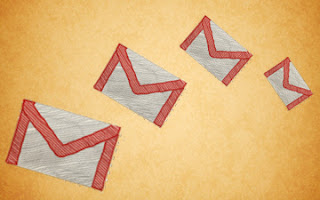1. Tell her she is BEAUTIFUL
2. Hold her hand at any moment even if its just for a second.
3. HUG HER FROM BEHIND!!!!!
4. Leave her voice messages to wake up to.
5. Wrestle with her :)
6. don’t go hang out with you ex when shes not with you, you might not relize how badly it hurts her.
7. If youre talking to another girl, when you’re done talking, walk over and hug her and kiss her….let her know she’s yours and they aren’t.
8. Write her notes or call her just to say “hi”
9. Introduce her to your friends . . . as your girlfriend.
10. Play with her hair.
11. Pick her up (she loves it)
12. Get upset if another guy touches her and she doesn’t like it
13. Make her laugh
14. Let her fall asleep in your arms.
15. If she’s mad at you, kiss her.
16. If you care about her, then TELL HER(don’t be afraid to)
17. Every guy should give their girl 3 things: a stuffed animal(she’ll hug it every time she goes to sleep),
jewelry (she’ll treasure it forever), and one of his t-shirts (she’ll most likely wear it to bed) or sweatshirts sprayed with his cologne!! and flowers or something occasionally.
18. Treat her the same around your friends as you do when you’re alone.
19. Look her in the eyes and smile.
20. Hang out with her on weekends
21.Kiss her in the rain (girls love this)
22.Kiss her just for the hell of it
23. If your listening to music, let her listen too. =)
24. Remember her birthday and get her something,even if its simple and inexpensive, it came from YOU. it means ALL the world to her.
25. when she gives you a present on your birthday, Christmas, or just whenever, take it and tell her you love it, even if you don’t (it’ll make her happy.)
26. Always call her when you say you will, it may not seem like it, but it does hurt her and makes her think you don’t care so call even if you can only talk for a minute. Girls don’t necessarily have to have hour long conversations every night but its nice for us to hear your voice even for a quick hello.
27. Give her wat she wants
28. Recognize the small things . . . they usually mean the most.
29.DONT hug her friends or your friends that are girls cause she’ll feel left out.
30.hang out with her whenever you are free and u should be free to hang wit your girl friend all the time
31.If u care about her…SHOW her!(totally)










